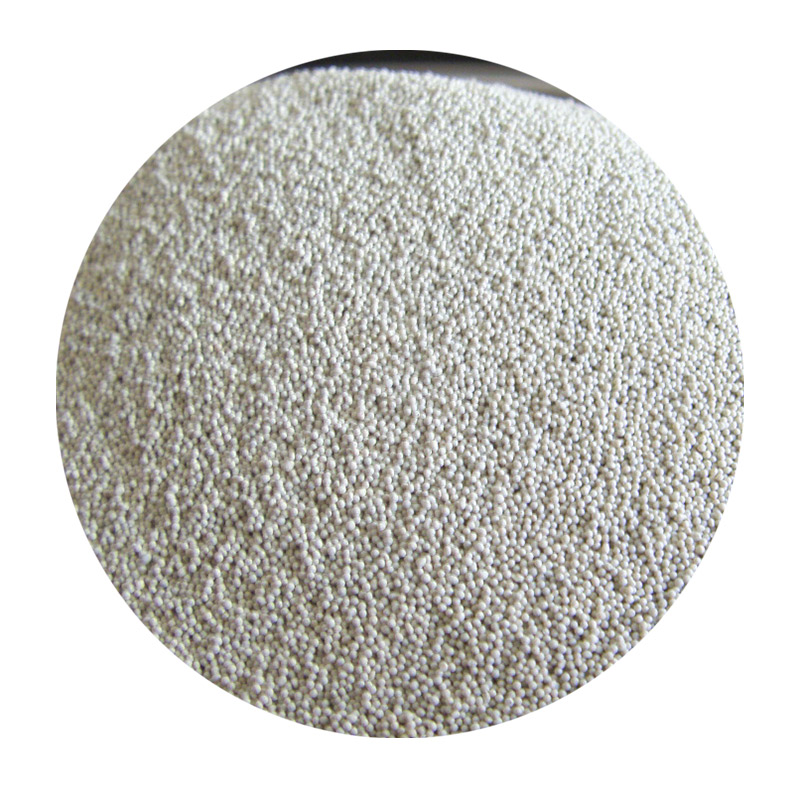The Best Way to Sand Stainless Steel
Sanding stainless steel can be a daunting task, especially if you're looking for a smooth and polished finish. However, with the right techniques and tools, you can achieve professional results. Whether you're working on a DIY project or a professional job, understanding the best way to sand stainless steel is essential. Here’s a step-by-step guide to help you along the way.
1. Choose the Right Tools
Before you start sanding, it's important to select the right tools. For stainless steel, a random orbital sander or a belt sander is typically recommended. For more detailed work or tight spaces, hand sanding with sanding blocks is also effective. Make sure to use sanding discs or paper made specifically for metal, starting with lower grit (such as 80 or 120) to remove any imperfections.
Remove any dirt, grease, or debris from the stainless steel surface using a mild detergent and water. Dry thoroughly to prevent rust and ensure a clean surface for sanding. Additionally, wearing protective gear like gloves and a dust mask is advisable to safeguard against particles created during the sanding process.
3. Sanding Technique
best way to sand stainless steel

When sanding stainless steel, it's crucial to sand in the direction of the grain. This will help you achieve a smoother finish and prevent scratches. Start with the lower grit sandpaper to eliminate any major imperfections, and then gradually move to higher grit sandpapers (up to 400 or even finer) for a refined finish.
4. Keep the Surface Cool
Stainless steel can heat up quickly during sanding, which may lead to warping or discoloration. To avoid this, use light pressure and check the surface frequently. If necessary, take breaks to allow the metal to cool down.
5. Finishing Touches
Once the desired smoothness is achieved, clean the surface again to remove any dust left from sanding. You can then apply a polishing compound to bring out a high shine, if desired. Finally, consider applying a protective coat to enhance the longevity of your stainless steel surface.
In conclusion, sanding stainless steel requires the right tools, a well-prepared surface, and careful techniques to produce a high-quality finish. By following these tips, you'll be well on your way to mastering the art of sanding stainless steel effectively. Happy sanding!
Post time:Սպտ . 15, 2024 18:14
Next:Ceramic Foundry Sand - High Performance Casting Solutions
